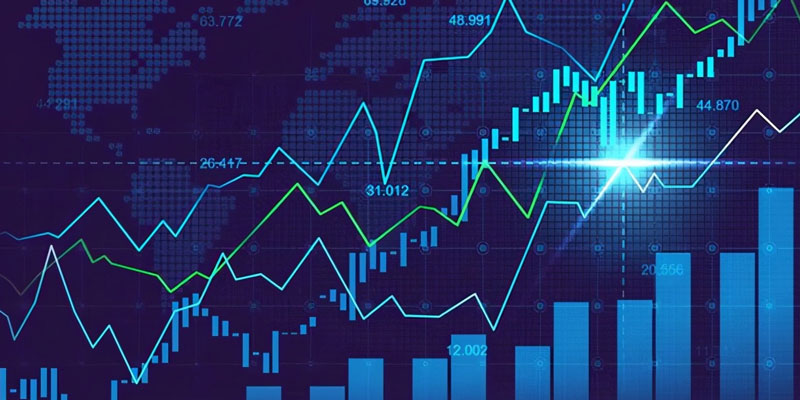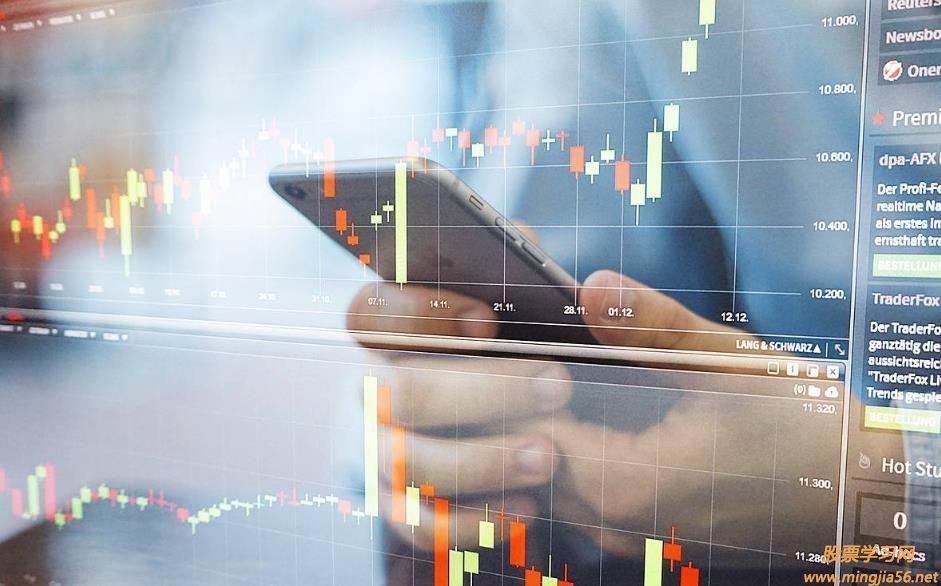Understanding the Value of Assets
When a corporation possesses a resource that is not accessible to other persons or businesses, it is said to have an asset. It also signifies the ability to access resources that are not available to other individuals or companies. Because of the legal enforcement of a right or other access, economic resources may be utilized at the whim of a business. They can also be controlled or regulated by the corporation that holds the right or other access.
To be considered present in the financial accounts, an asset must be held by a firm at the time of the preparation of the financial statements. In every situation when anything is in limited supply, it can raise or reduce cash inflows and outflows, helping the economy. In this context, economic resources are items that are used.
How Do I Determine whether an item is a valuable asset?
An asset gives a present, future, or prospective economic advantage to a person or other organization. An asset is consequently a possession or obligation of yours. A $10 note, a desktop computer, a chair, or an automobile are all assets. Loans you have taken out are also assets since you are obligated a certain amount.
What About Assets That Aren't Physical?
A tangible asset is one that can be handled or measured physically but does not provide a monetary benefit to the owner. A range of assets, such as intellectual property (for example, patents and trademark), contractual obligations, royalties, or goodwill, are examples of this primary category of assets, which also includes a number of other assets. The value of non-physical assets such as brand equity &'' reputation are types of non-assets that can be extremely valuable. Similarly, intangible financial assets including such stock options &'' derivatives contracts exist. Stock options &'' derivatives contracts, for example, are examples of leveraged investments.
Types of Assets
Fixed Assets
Fixed assets such as facilities, equipment, and buildings have a long useful life and should be maintained as such. Depreciation is a kind of periodic charge that is applied to fixed assets to account for their deterioration over time. Depreciation may be used to account for the reduction in earning potential of a fixed asset, although it is not always necessary.
In accordance with (GAAP), there are two major methods of depreciation that may be used (GAAP).
Even while the value of a fixed asset depreciates over time according to the item's useful life, the accelerated approach accelerates this depreciation during the first few years of operation.
Financial Assets
A financial asset is a representation of an investment in another company's assets and securities. Financial assets include stocks, government and corporate bonds, preferred equity, and other hybrid products. A financial item's value is defined by its classification and the reason for purchasing it.
Intangible Assets
A non-physical economic resource is referred to as an intangible asset. Intellectual property includes things like trademarks, trade names, copyrights, and goodwill. The method of accounting for intangible assets varies depending on the kind of asset, and they'll be either amortized or examined annually for impairment.
Current Assets
A current asset is an economic resource that is expected to be converted into cash within one year of the date of acquisition. It is also known as a short-term asset. Current assets include cash and cash equivalents, accounts receivable, inventory, and other prepaid expenses, to name a few examples.
Accounting professionals examine the recoverability of inventory and accounts receivable on a regular basis, while cash is readily quantifiable by customers. If there is evidence that a company's accounts receivable may be uncollectible, the company's accounts receivable may suffer harm. When inventory becomes obsolete, firms may decide to write off the assets connected with it, which is a common practice.
When it comes to current assets, how are they different from fixed assets?
A company will categories its assets based on how long they are expected to remain in use. Assets that are planned to be used more than a longer period of time and that are not frequently liquidated are referred to as fixed assets or noncurrent assets. As a result, fixed assets are susceptible to depreciation, as opposed to current assets, which are not.




